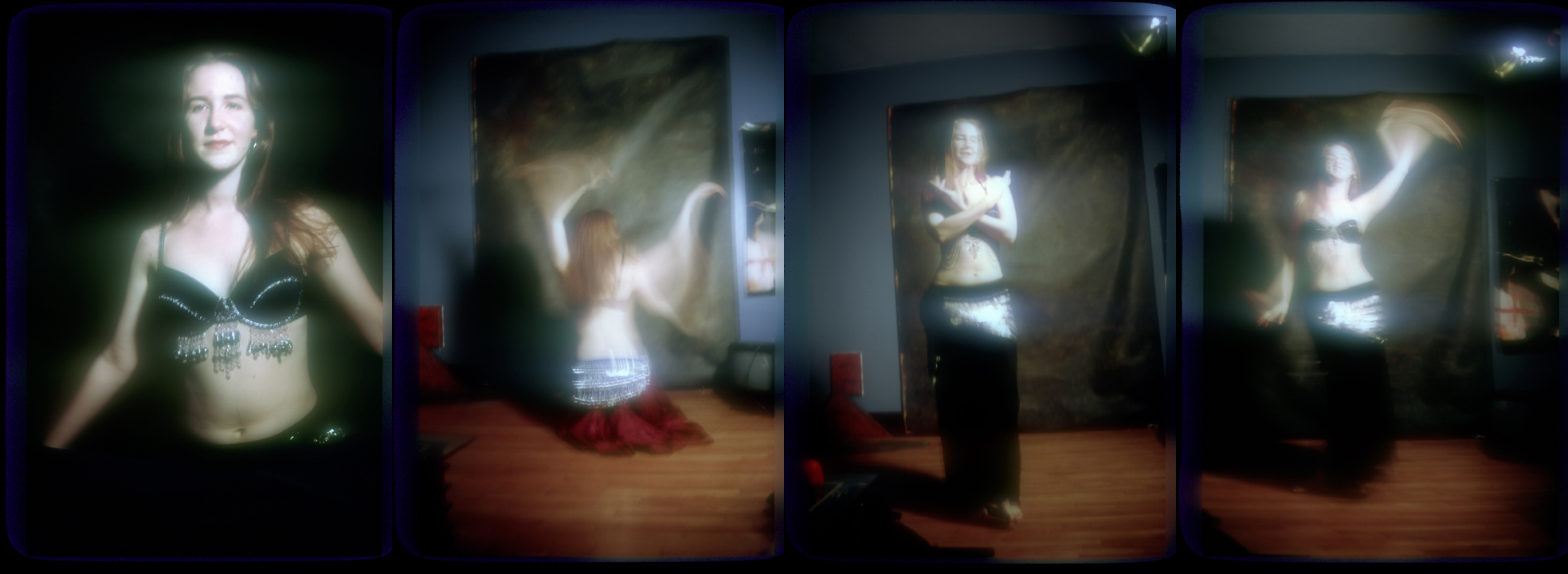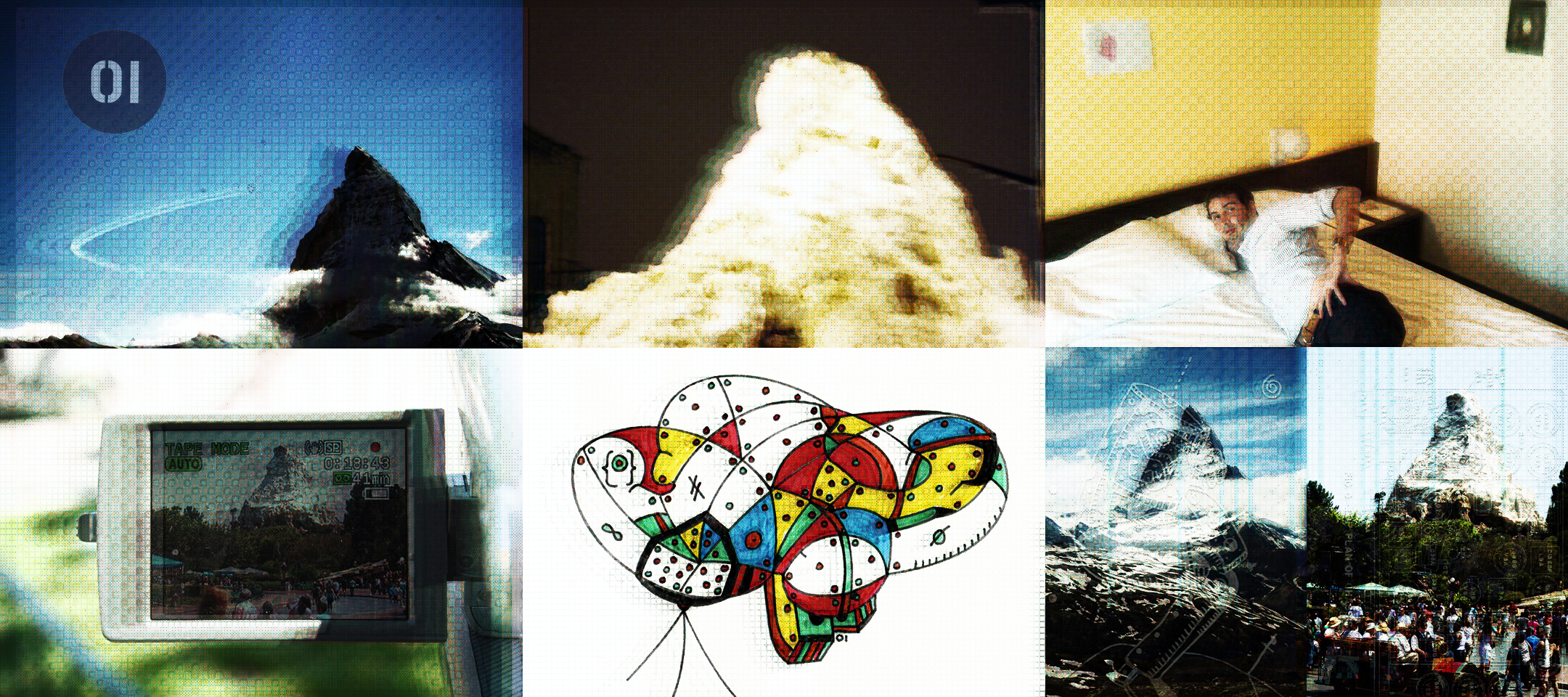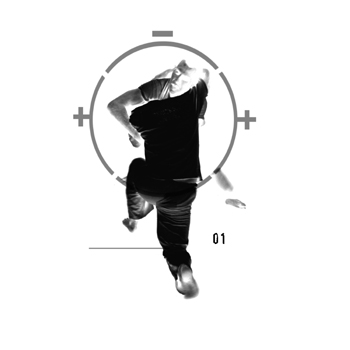^ AFHGallery Online [Plates 1-14] ^
In 2018 AFH is undergoing the major overhaul that has been in development for the past five years. The new Art for Humans online network will reflect and respond to systematic changes that have affected the net.art world over time. The configuration that is emerging now presents the AFH Friend with many choices for exploration: a constellation of CMS nodes (like Mystic Novad), ubiquitous social media channels (e.g., AFH Facebook, Twitter, Pinterest, Google+, YouTube, Instagram, Tumblr, Medium, etc.), market exchanges (e.g., PJM at Vango + others TBA), plus a few curve-ball pop-ups (stay tuned), in an interlinked array; at the center of this array will be www.artforhumans.com. The AFH main site now will host an old-school clik-thru exhibit titled Bio2, consisting of 100 "plates" - net.art pages that aggregate to form an auto-portrait of the artist over a lifetime. Theory, technique, medium, context, and more inform the Bio, and the selection of images and compositions in sequence will add layers of "story" to the surface impressions the user experiences at initial contact with each page. The flow through the pages will generate opportunities for the user to process the sequence. This cumulative facet of Bio2 mimics the database function, activating memory complexes - both within the framework of the series of pages and in the user. Through directional, trans-movement, which enables the illusion of physical travel as a linear dynamic, the principles of living merge with the state of being. The simplicity of the design masks the profundity of the interaction, which in short is a reductive method for establishing meaning through a basic protocol. Technically, the approach is rudimentary, relative to net.art today. Yet, the power of the simple action is still present and viable, in that the UI remains consistent with a typical art viewing. Certainly, the two types of programming are divergent in important aspects. Looking at images on a monitor or mobile device is not the same as seeing art in a gallery or museum exhibit. In the differences however there are valuable perceptual bits and lessons. We can learn much from and in both virtual and actual environments, but we can perhaps optimize learning by utilizing both. With that in mind, AFH will be again, as we did during the ca. 2005-11 phase intertwining the IRL stuff with the online stuff, which is definitely 4D+ (material + immaterial = 1). AFH 12.0 represents a significant upgrade in our project. We will be adding new features to expand the platform/network over time. Eventually, these will demonstrate to those who have been following Art for Humans all these years why the remission or interstitial stage, out of which we are emerging, was so necessary, vital really. I hope that The Thing that emerges next will have been worth your patience!














